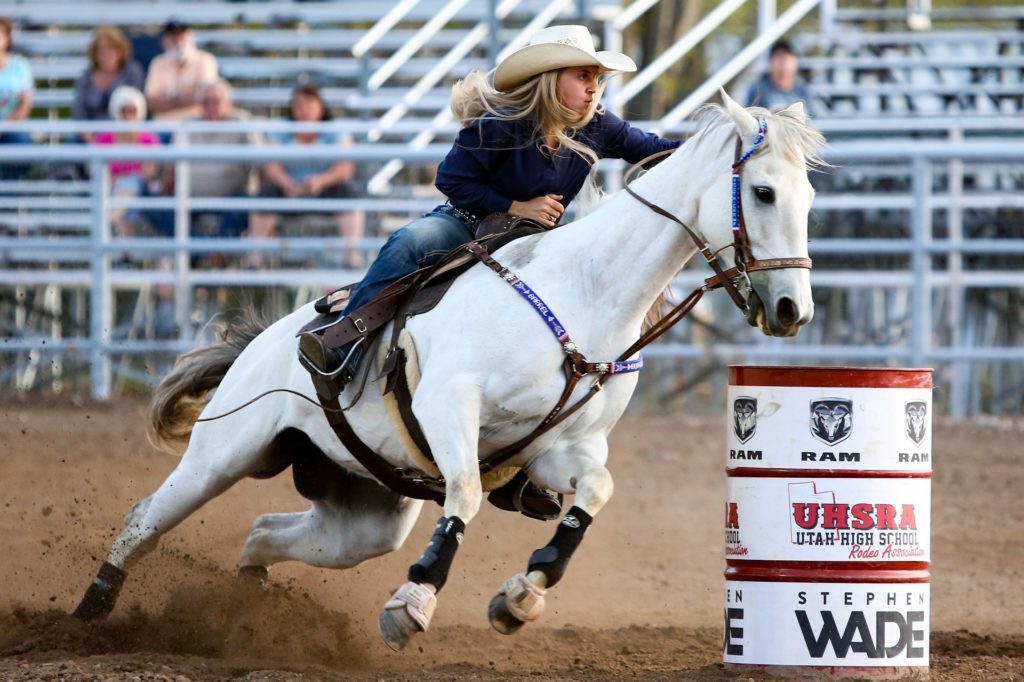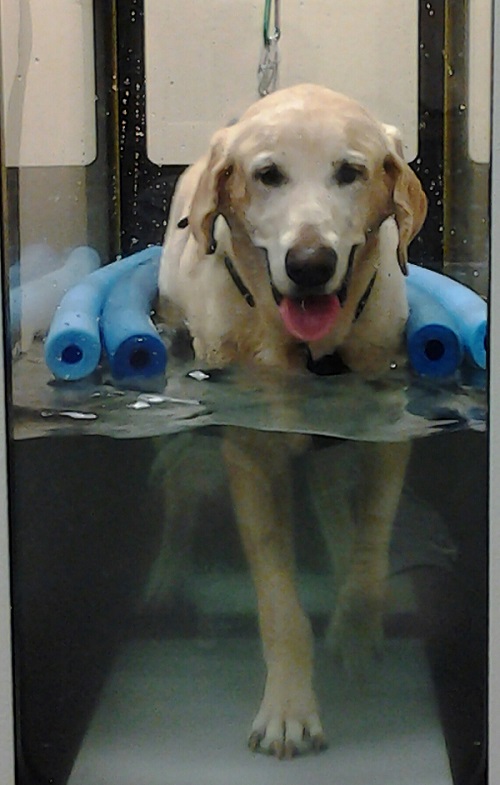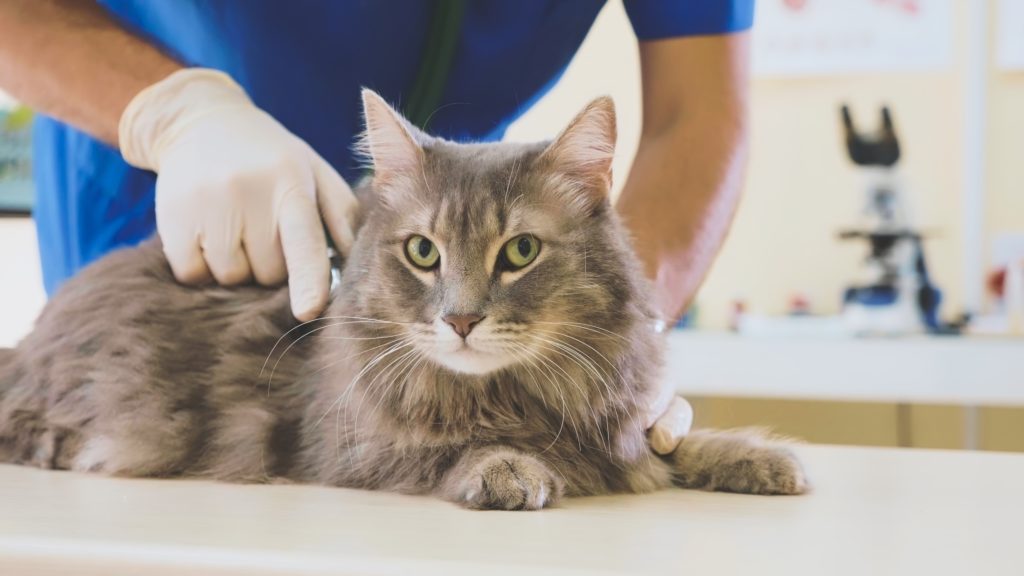Arthritic Dog Defies Odds with Help of VetStem Cell Therapy
Recently, we shared the success story of a sweet Husky mix named Kobi who was successfully treated with VetStem Cell Therapy for osteoarthritis in her elbows and wrists. Kobi’s story is special, in large part due to her traumatic start in life, followed by a harrowing prognosis after her parents learned she had severe osteoarthritis. Her owner’s submitted her story as a testimonial, and reading it gave us chills! So, while you may have already read VetStem’s version of the story, here is the full unedited version of Kobi’s story.
Kobi was a rescue through the Second Chance Pet Network in Dryden, Ontario. My husband Tom and I saw her on a Facebook post with her tiny curled husky tail and fell in love immediately, so we applied for adoption and set an appointment to meet her.
We learned that Kobi had a very rough beginning. She was found in November in a reservation in Northern Ontario, with no parents in sight. Her litter mates had passed away from the cold and only she and her brother were still alive, huddled in the middle together. The rescuers brought the two pups south to the shelter, and immediately realized the little boy was sick. Kobi and her brother were separated and he passed away soon after from parvovirus. Kobi was nursed back to health and eventually placed in a wonderful foster home.

When we met Kobi at nearly 8 months old, we couldn’t believe she hadn’t been adopted yet. When we visited her foster home, Kobi bounced right up to us and dropped onto her back to show her belly. I gave her a little rub and couldn’t believe how sweet she was. We loaded her up into the car and brought her home.
We introduced her to March (our 6-month-old German shepherd cross, adopted through the Winnipeg Shelter) and it was unconditional love at first sight. Day in and day out they wrestled and played but about 3 weeks after Kobi came home, she called for help from the yard. She was holding up her front leg, so I ran out and carried her inside. Hoping it was just a strain from hard play, we let her rest through the night. It did seem to improve, but then two days later, she called for help again and it was the opposite leg she was holding up. Puzzled, we made a vet appointment for her.
During the x-rays, it was obvious that the damage done to her little body in the cold had taken its toll, and as she grew, she developed dysplasia and arthritis in both front knees. She was put on pain killers and it was so hard seeing her dopey and hurting. Within a few weeks we were able to bring her to a surgeon nearly 6 hours away in Winnipeg and she had surgery on both front legs to correct the dysplasia and try to clean up some of the arthritis. It was so expensive, but very worth it, because it worked well! After a difficult and lengthy healing period, she was back to her nutty, bouncy self. The vet did say, however, that the arthritis was not a mild case and we’d be able to expect about 6 years before it became too much for anti-inflammatory and pain medication to handle.
That was hard to hear, but we’re stubborn people and we were determined Kobi was going to live her longest and best life. Over the next two years, Tom and I fostered 40 puppies and dogs, largely with the help and patience of March and Kobi. There were ups and downs with her comfort level but for the most part, Kobi was a happy, hilarious, quirky puppy.
In 2019, the 4 of us moved to Calgary, Alberta. A BIG city compared to where my country girls grew up, but they love a good adventure! After about a year and a half, when Kobi was creeping up to 5 years old, she started showing signs of pain and slowing down. Is a husky who can’t be the fastest dog at the Bark Park even a husky anymore? We visited a few vets looking for solutions and it was a really emotional time. I refused to believe the only option was pain medication and laser treatment until it was time to let her go. That was for old dogs and she was still just a puppy.
After a lot of tears and many hours of research, Tom found something called Stem Cell Therapy. We found Bow Bottom Veterinary Hospital in Calgary and they were incredible with Kobi. Dr. Schell identified that Kobi would be a great candidate for the treatment! It wasn’t an easy journey – another big surgery for our little husky to harvest the cells, but from there, the injections were easy peasy. After 3 weeks, it was clear that Kobi had never felt better. Literally! She’d NEVER been that comfortable before in her whole life. She played more and cuddled harder than ever before. It was incredible! Two weeks ago we all celebrated Kobi’s 6th birthday together. There was a point when we thought our time together would be up by now, but today she’s got a lot of years left and we’re going to make the best out of every single one of them. <3










